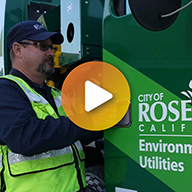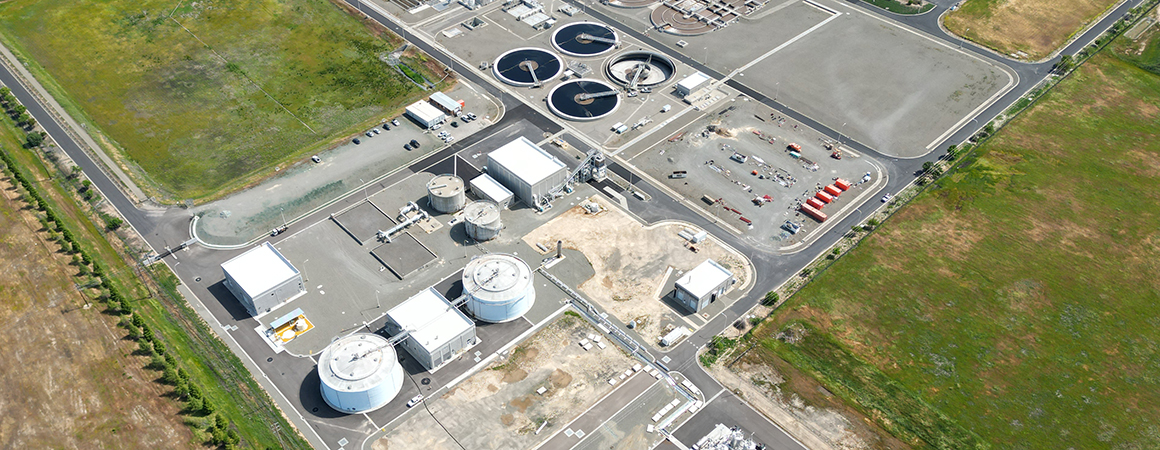It’s been a year since the Inflation Reduction Act (IRA) took effect, and many utilities and companies are seeking to take advantage of the game-changing funding opportunities for clean energy projects. That’s because the IRA opened the door for direct pay tax credits for digestion and biogas related projects across the country, including for tax-exempt agencies such as municipalities and water utilities, which were previously ineligible without private partners.
While receiving up to 50% of the construction cost back is appealing and the Investment Tax Credit (ITC) form is fairly straightforward, successfully navigating the eligibility requirements is less so. Here are five things to keep in mind:

Watch this video to learn how the City of Roseville in California converts organic waste into renewable fuel for solid waste trucks.
- Time is of the essence. With a Dec. 31, 2024, deadline to start construction for eligible projects, now is the time to dig into your projects and planning. Construction start is defined by either at least 5% of total facility cost contracted or a physical work test (cause physical work to commence for eligible work). Under this deadline, considerations around equipment procurement or lead time, construction timeline, and schedule become critical.
- Nuance is the name of the game. Project eligibility is not black and white. Many requirements built into the IRA (e.g., construction start, wage and apprenticeship, prefiling, and domestic content) contain subtleties and intricacies. An understanding of these nuances must be applied to and built into your project from Day One to align it with eligibility requirements.
- Investment. While you may receive up to half of your costs back on eligible projects, it is important to note that pursuing IRA funding will likely lead to increased administrative and construction costs. Some increase is a function of the IRA funding eligibility requirements such as prevailing wage, apprenticeship, and domestic content. Other increased costs stem from the need to hire a tax advisor and increased effort for monitoring, reporting, and compliance.
- Get creative. Your current project plan may not be eligible for IRA funding. However, taking some time to look for flexibilities in schedule and scope may help you identify potential funding opportunities.
- Don’t do it alone. Setting your project up for success requires consulting with advisors. Engage your legal and tax advisors early to discuss eligibility, IRS criteria, financial market analyses, and payment options for your projects. Additionally, experienced consultants (like Brown and Caldwell) can serve as a technical link between your organization and your tax advisors. They can delineate not only what types of projects are eligible but what portions of a project may be eligible for funding.


